In Spirit: Photography and Metaphysics, Reflection of the Self
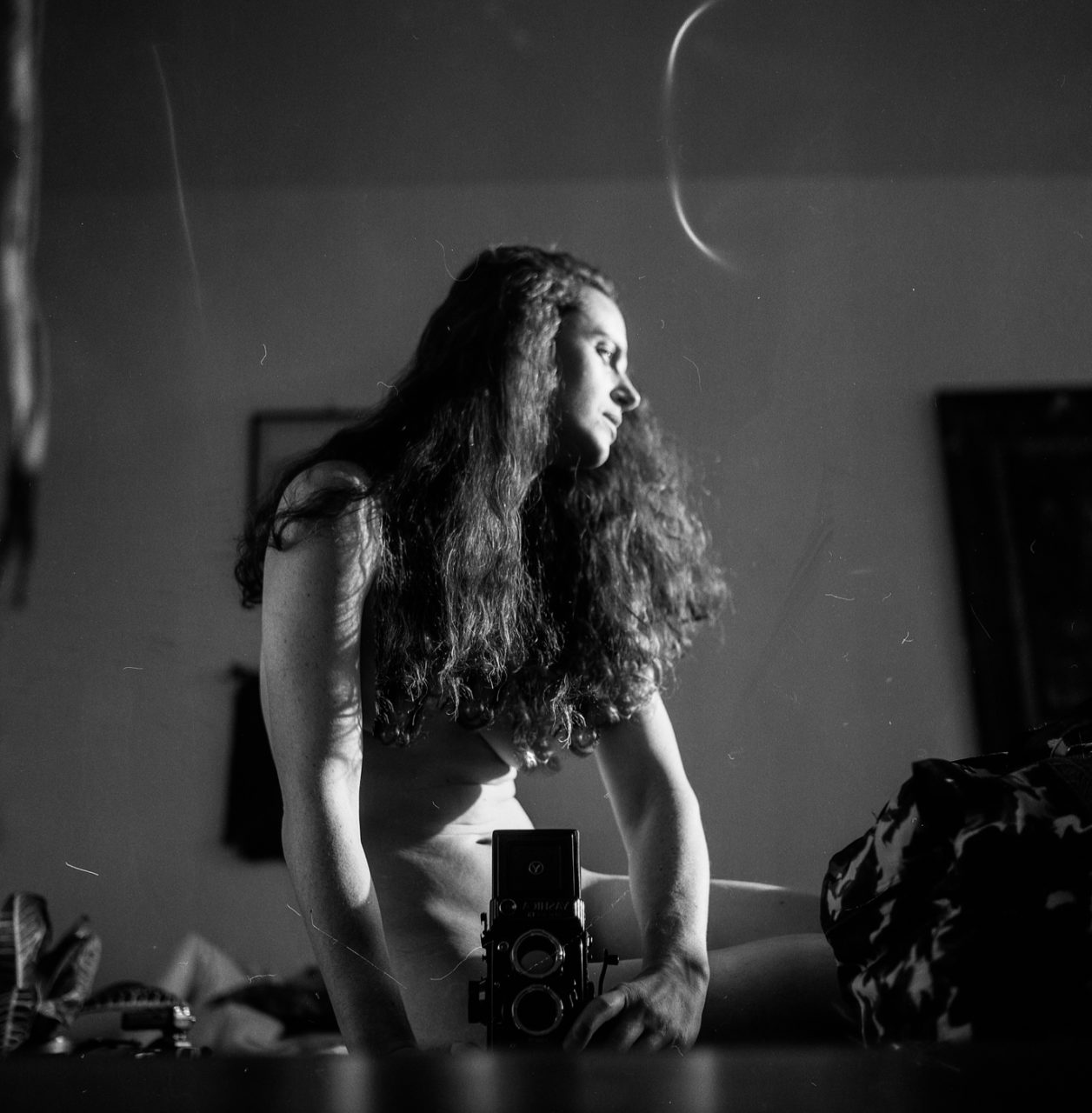
It was in the first half of the 19th century that photography was born, an invention that would revolutionize the world of image, and by extension, representation. Today, the camera has become current currency. Smart phone in hand, it is our daily companion. It serves us as note taking, memory aid, capturing our trips or moments with people we love. It is an integral part of our daily life, perfect tool for work and communication.
The use of photography has changed over the course of history. In her early years, it served mainly as a reference to fine-art artists and anthropologists. It existed mainly as a method of archiving. Little by little, the compact size of the camera made it easier to take it with us. It became as much a way of documenting everyday life, than an artistic exploration that gained its place alongside other arts.
Over time, photography has had many uses and meanings. It has an ambiguous place and confronting aspect. In our time, it is accessible to everyone. Retouched to excess in the commercial world, it has become the emblem of falseness and fabrication. This relation to the image and its use were established in parallel with a sick society which lost itself when it began to put forward the envelope of things at the expense of the knowledge of the inner being. Our values are reversed, photography is the analogy of this society that René Guénon describes as “decadent”. The modern world, subject to the principles of consumption and appearance, thus projects advertising images in which bodies and symbols push the distortion of the being. Our visual bulimia present everywhere in our system testifies to a shift of the reality pushed to its paroxysm. In fact, it is today associated with the height of superficiality.
Yet, photography is not intrinsically superficial, the image is not inherently threatening. Everything depends, of course, on its use, but above all, on the observation that is at the base of its production and use. If it can represent the worst of our society, it can equally reflect the highest spheres of human qualities and values, and even become an access to a metaphysical level. It has this double face which, when used with awareness, can say, suggest, tell the story of another world where subtlety, introspection and breathing take over.
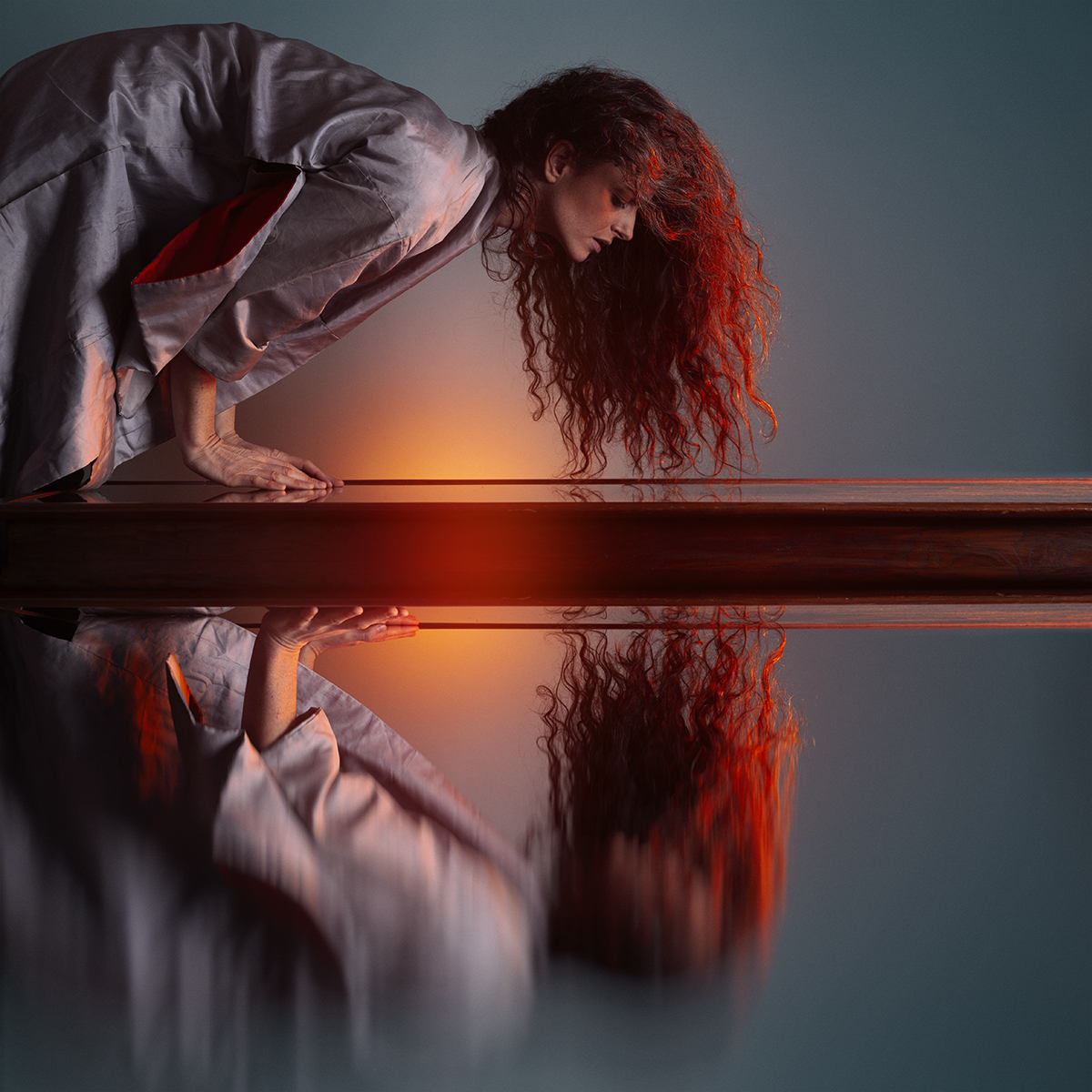
The emir Abdel Kader, great Sufi of the 19th century, embraces the invention of photography. He sees the photographic process as a contemporary metaphor for the “mirror” (al-marâyâ), one of the major symbols of the Sufi tradition and more particularly, of the lineage of Ibn Arabi from which he descends: “Like his master, he professes the doctrine of “theophany” (tajalli ilahî) perpetual in this world. God is constantly making himself manifest (jalî), he is mirrored in the cosmos, in more or less polite supports “.
This perspective conceives that all the elements of this world are mirrors, smooth surfaces, in which the divine is reflected. The accomplished man (al-insan al-kamil) has a more “smooth” quality, while some others are less so, as if the reflection would be disturbed by the dust: “The Real Being (al-wujûd al- haqq) is contemplated in the mirror of creatures, according to their predisposition (isti’dâd), that is to say, their degree of transparency to Being “.
All things in this world are mirrors that reflect the divine to a greater or lesser extent. This does not make objects of the world illusions, on the contrary, it is through them that the absolute reveals itself. Éric Geoffroy writes in this regard that:
“Contemplation without support of manifestation is impossible. Abdel-Kader likes to quote this verse:
The dazzling sun prevents you from seeing its light;
But when a thin cloud covers it, then you can.
Geoffroy goes on: “The veil has this dual direction of both preventing from seeing, and revealing. In the same way, photography works as “veils and unveilings”. In the metaphysical domain, one can not look without a veil, because otherwise, subjected to the irradiations of the Divine Light, one is instantly burned. Similarly, in the physical field of the photo, if the diaphragm is opened too much, there is overexposure, and the film is burnt.”
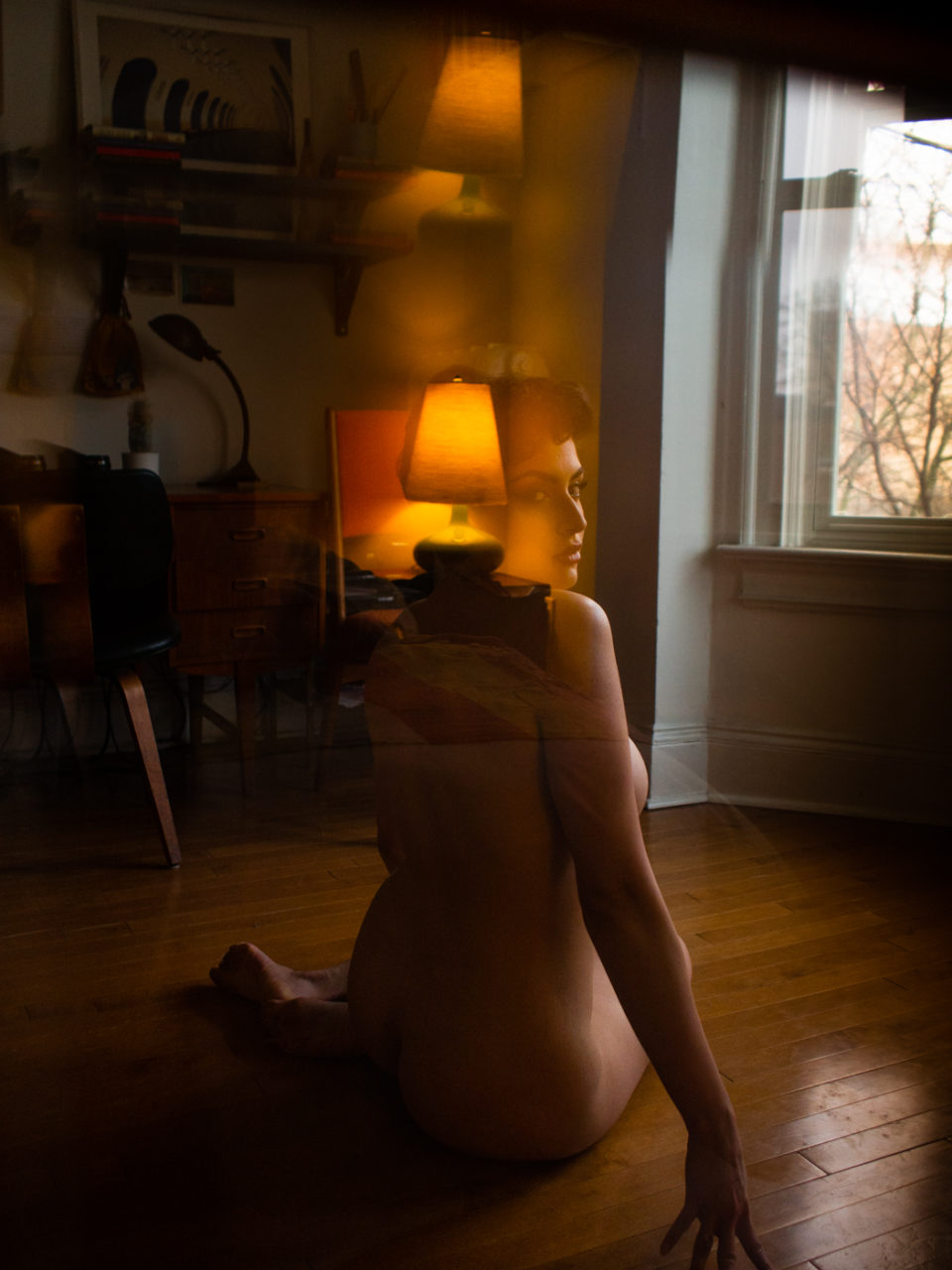
With Abdel Kader, we have just seen how the very process that exists in the heart of photography is an allegory of the divine and metaphysical play. What we are now going to discuss is how it is also a direct exploration of the self.
Like dance, theatre or music, photography is a representation in which the world is hidden. These arts require a work of the body and an observation where the artist seeks “the right moment”, that is to say, the moment when the being is at the most possible free from its compensations and meet with the globality. At this moment, the artist will often say that they “forget themselves”, that they are not the ones who act. Artistic photography – the one that uses the image as a visual poetry – requires a process of research and creation that gives way to internal work (what we call “internal” work means that the focus is on the subtle movement of the body or from the emotion, that actually comes from the sensation, which gives rise to the external form: the form flows from the internal and not the opposite).
The self-portrait for example (not to be mistaken with the culture of the selfies) is a process by which the artist is placed as an observer of themselves. They are then both subject and object of the observation process. This dual position neutralizes the identification, so to speak. This exploration process allows a form of self-derision, direct observation of fears, emotions, compensations, and a neutral observation that leads to a letting go. In other words, photography, just like any other form of art or body techniques, can be approached as a means to know oneself better, to investigate the principles that underline our being and reality. As Bruce Lee says when he speaks about martial arts “Any kind of knowledge ultimately means self-knowledge.”
The photographic process allows an exploration of this game of projections. Instead of focusing on the representation, it can be used as a way of dissecting the mechanisms of this later, a way to practice self-observation. To place the gesture, the sound, the expression, to learn to put the voice and the body onto the space, all this work is a plunge into the heart of the dynamic of life itself: to learn to see the actions that are personal to those where the self-image is loosens. As the sculptor works the mud to let the sculpture emerge, the traditional artist being the actor, the dancer, the musician and the photographer work the material of reality to purify personal residues.
But letting go does not mean being passive. The traditional approach of the arts teaches this balance on which everything is based: the non-doing or passivity of the personal will in the face of a total activity of presence, of listening. The staging, which can be related to a form of fabrication, is not false, not any more than the spontaneous is un-manufactured. In fact, purely spontaneous movements are tainted by our pathologies, our defences and our biases. The technical work, the mastery that does not seek security but is guided by listening, will then allow to lift the sails that prevent deep organic movement to reveal themselves, and will thus allow to find this space of laissez-faire where the personality has nothing to defend. The arts teach that, this fine balance between the savoir-faire as technique and the letting go which leads to instants of inspiration, of grace.
The mind tends to classify and divide the world between what is superficial and deep, what is spontaneous and fabricated, what pulls me down and what allows me to elevate myself. Non-dual mystical approaches (such as Sufism or Kashmiri Shaivism) as well as certain bodily techniques (as we have seen with drama, martial arts or dance) explore this alternative possibility where extremes coexist in a balance that only the sensation can perceive. The mind can only divide. The sensation, on the other hand, is a direct experience of the opposites that exist simultaneously in an undivided whole. The unthought deep experience only knows the globality where the opposites disappear. Nothing is low, nothing is high, for all manifestation comes from the deep process of the very dynamics of life. Nothing can stop me from seeing or touching this essential space that I aspire to so much.
Through this understanding, one realizes that it is not by looking in the opposite direction of what bothers me that I am going to find myself, but that it is on the contrary by observing the zone of sensation of what is here in the moment, that all happens. When the boxer is hit in the ring, he does not defend himself psychologically against the punch, his body will be able to absorb it. When a pressure is felt, one must not try to release it, one must instead let it tighten, let live this movement, which will cross itself. The letting go does not happen in the “against”, but on the contrary when resistances live, spread and eventually cross itself.
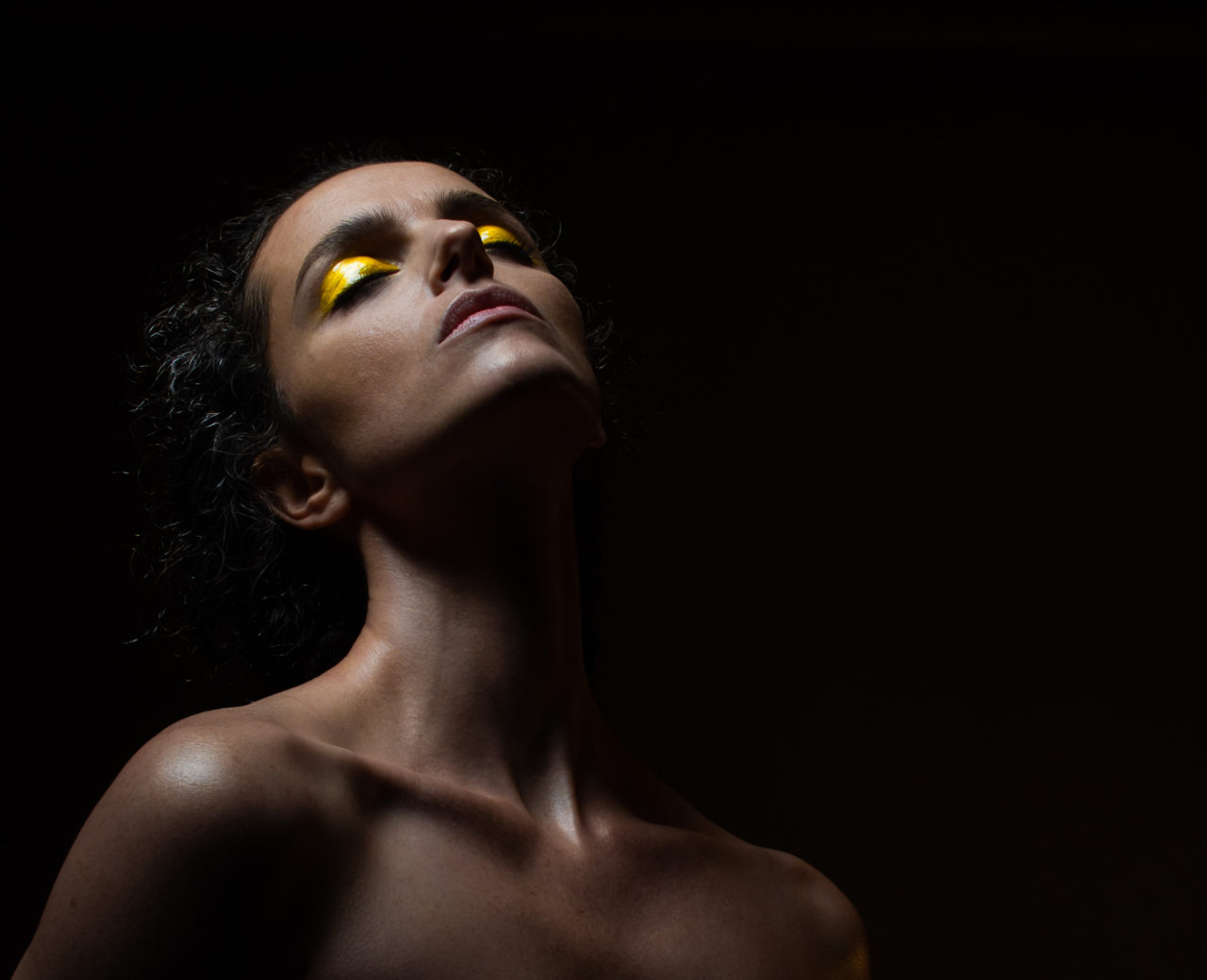
The allegory of photography brings me back to this questioning, to this investigation. The image, the body, the identity, which are elements judged so low, are in fact no longer what prevent me, but what allow me to go further. Everything depends on the observation. As Rumi speaks in the Masnavi, the real eye is the one which turns inward, that is, introspection. And, if we observe correctly, everything allows me to bring myself back to this investigation of Reality, nothing is ever too superficial. Ibn Arabi echoes Rumi when he writes:
“So God has given the servant two eyes, one outside, the other inside, with the inner eye, he looks at the unmanifested; with the outside eye he looks at the manifest. It is thus like an isthmus (barzakh) between these two worlds and must not be completely engulfed in one to the exclusion of the other. If he does, he is one-eyed. (Ibn Arabi)
In the same resonance, Peter Brook writes about the theater that “the difficulty is not to separate eternal truths from superficial variations”.
Photography should not impose, should not shout. It is there to show this silent gaze upon things, full of tenderness, on these areas which are our points of tension, our places of resistance. This observation is a celebration, where issues are not a problem, tensions are not to be relaxed. There is only this listening that matters, and that is where everything is revealed. I leave the last words to Krishnamurti who reminds us that:
“Destruction is essential. Not that of buildings or things, but of subterfuges and psychological defenses, gods, beliefs, dependence on priests, experience, knowledge … Without destruction, no creation is possible. Creation can only be born in freedom. And these defenses can not be destroyed by another; it is by a lucid knowledge of oneself that one arrives at this negation.
The revolution, social and economic, will only change the outward forms of things or states of mind; whether it acts in circles widening or narrowing, its change will remain limited to the field of thought. To accomplish a total revolution, the brain must give up all its inner and secret mechanisms, which are authority, envy, fear and the rest.
The strength and beauty of a tender leaf resides in its vulnerability. Like a blade of grass growing between the cobblestones, it has a strength defying destruction. (Krishnamurti)
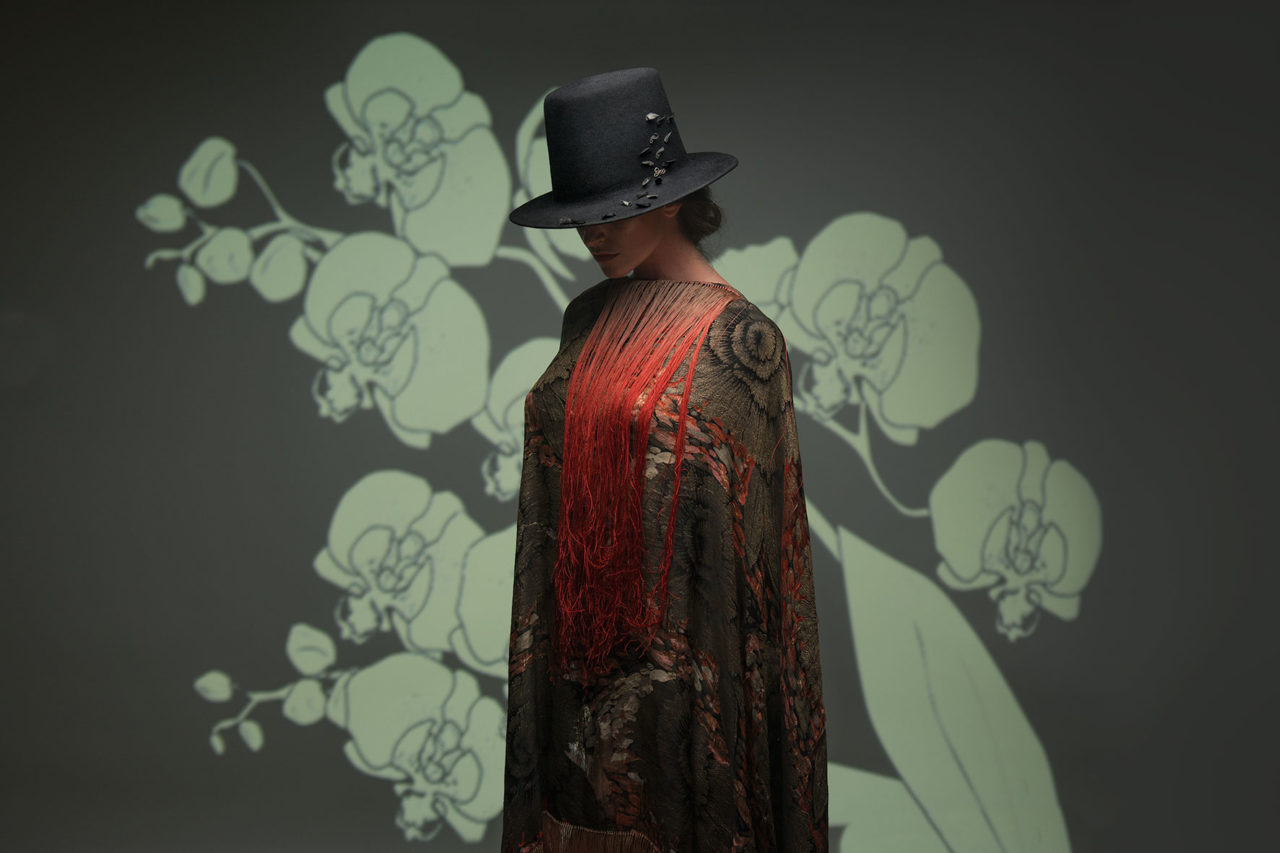
Credits and description photos
1 – Winter afternoon, photo self-portrait Mariette Raina. Black and White, medium format Rolleiflex.
2 – Mirror, photo and light by Matéo H Casis, post-production by Stef D, model Mariette Raina
3 – Reflection, photo by Mariette Raina, model Sarah Ehsani.
4 – Introspection, 2018 self-portrait Mariette Raina, make-up Katérie Portelance.
5 – Orchids, 2018 photo, concept and style by Damian Siqueiros, concept and style by Natalia Baquero (for her hat collection), model Mariette Raina.
To read and to listen
Métaphysique et modernité chez Abd el-Kader : la photographie comme théophanie, Éric GEOFFROY
Carnets, Krishnamurti
Masnavi, Djalâl ad-Dîn Rûmî
The empty space, Peter Brook
Bruce Lee “the lost defences loosened”
La maison soufie : L’Émir Abdel Kader au miroire de la photographie, par Ahmed Bouyerdene

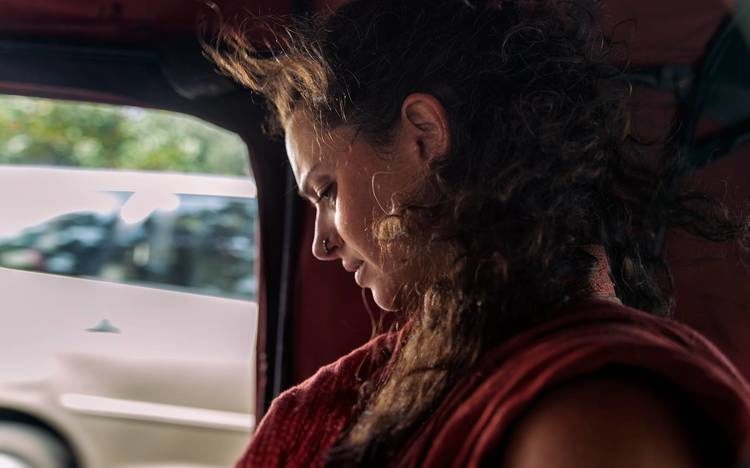
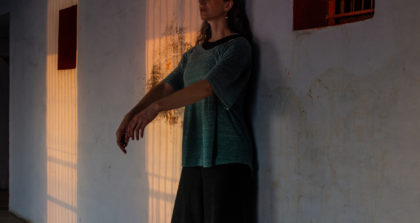
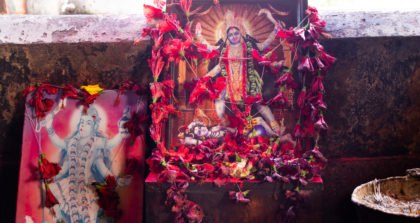
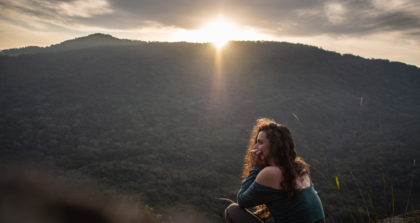
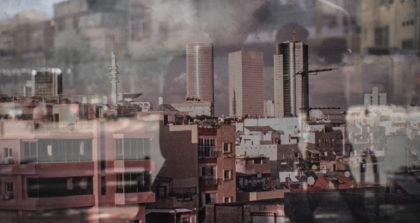
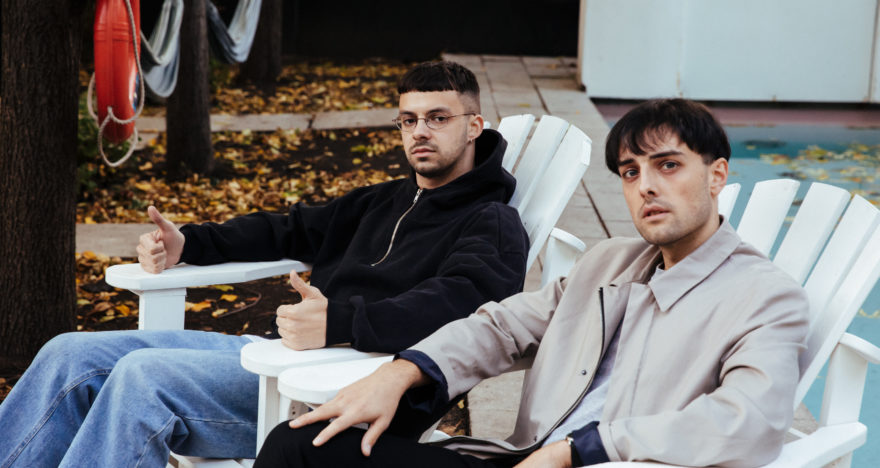
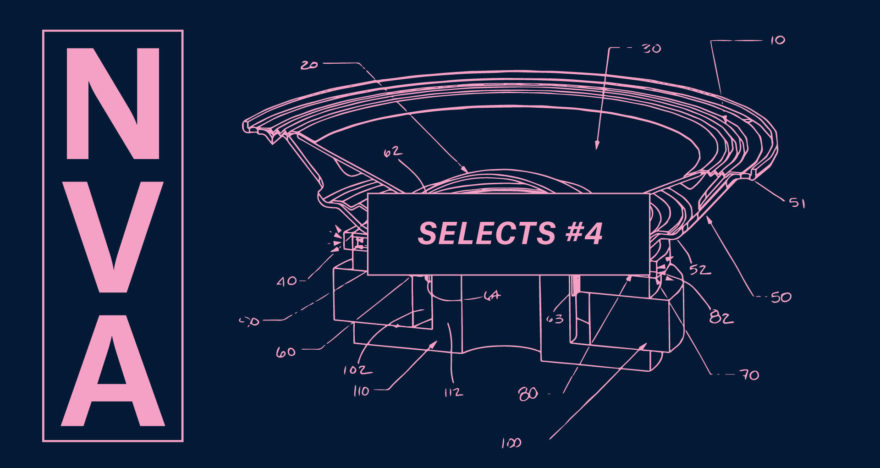
View Comments
No Comments (Hide)